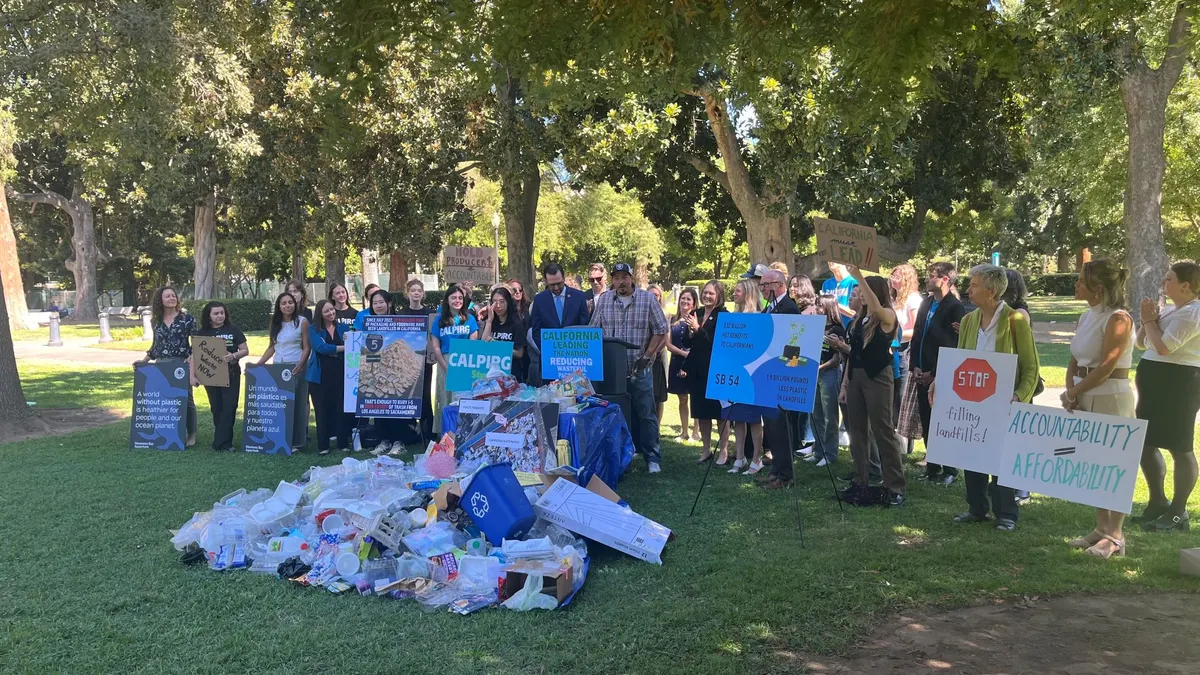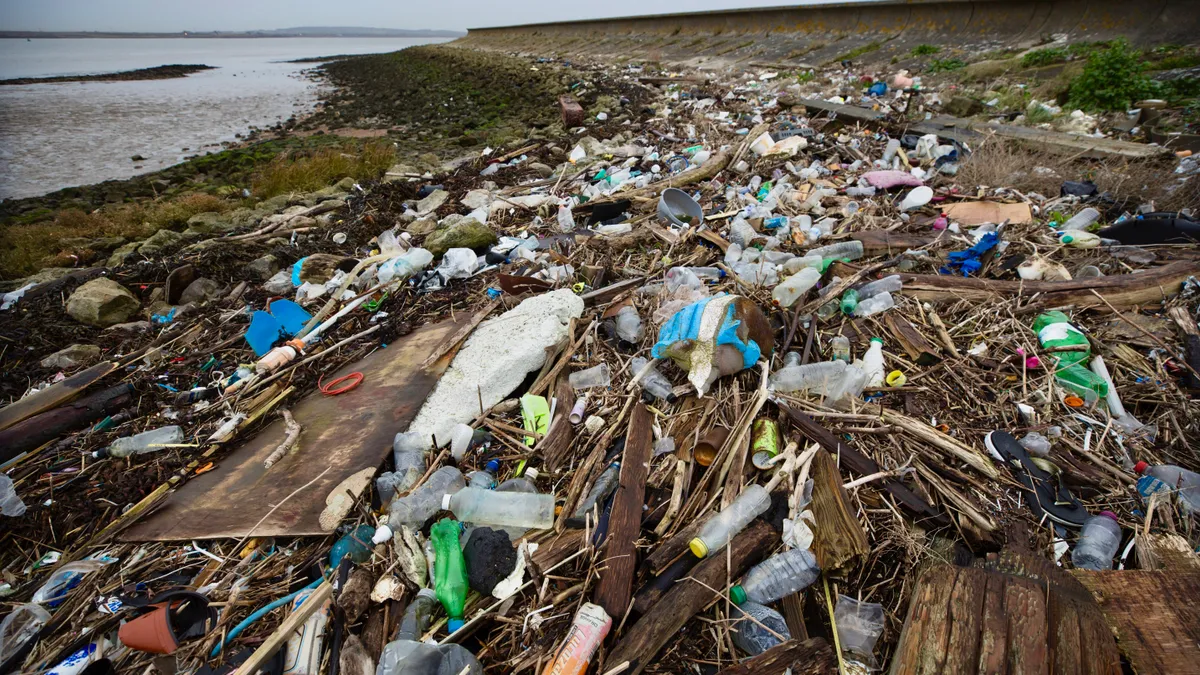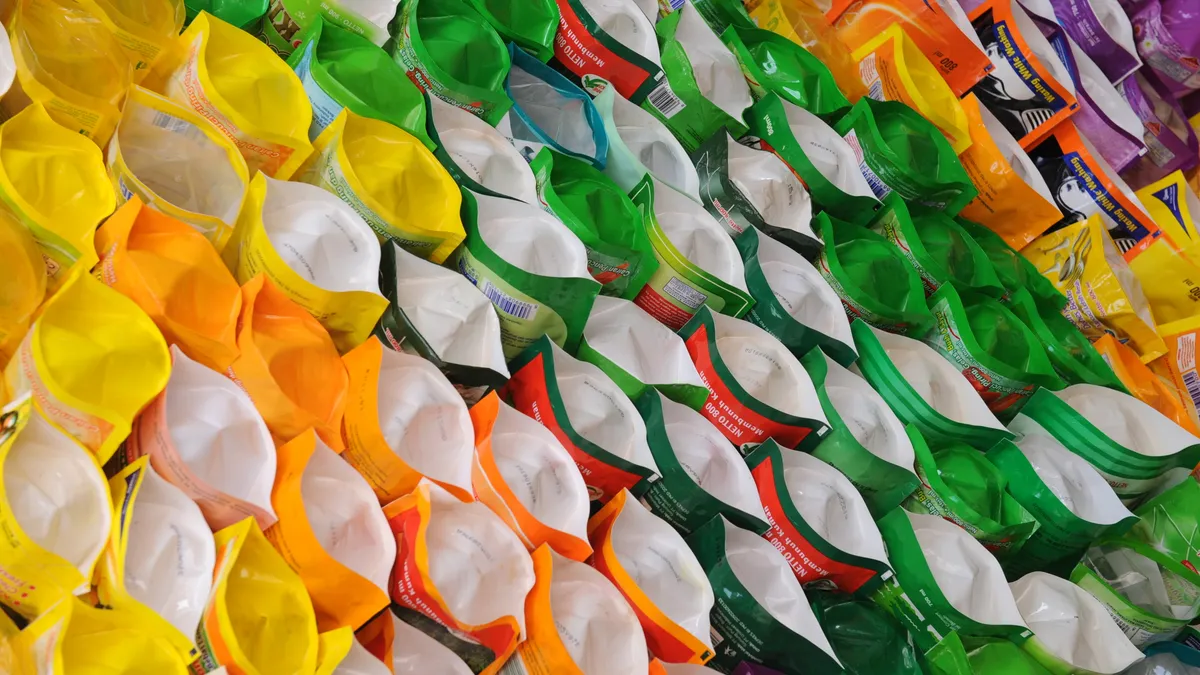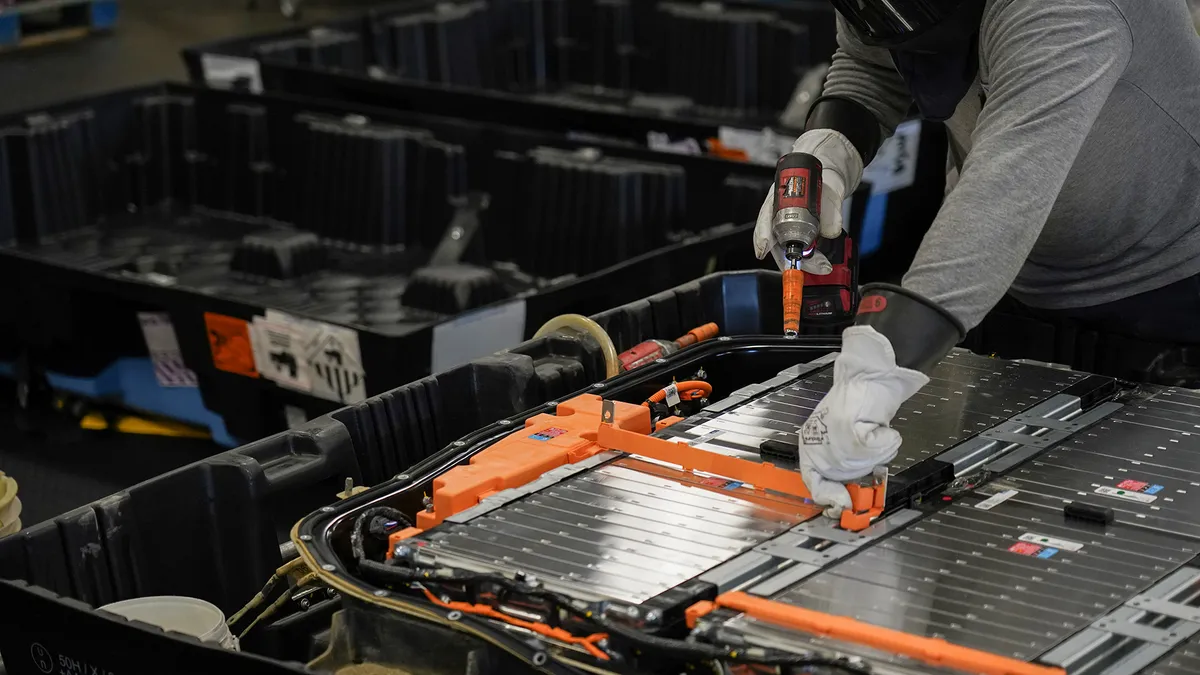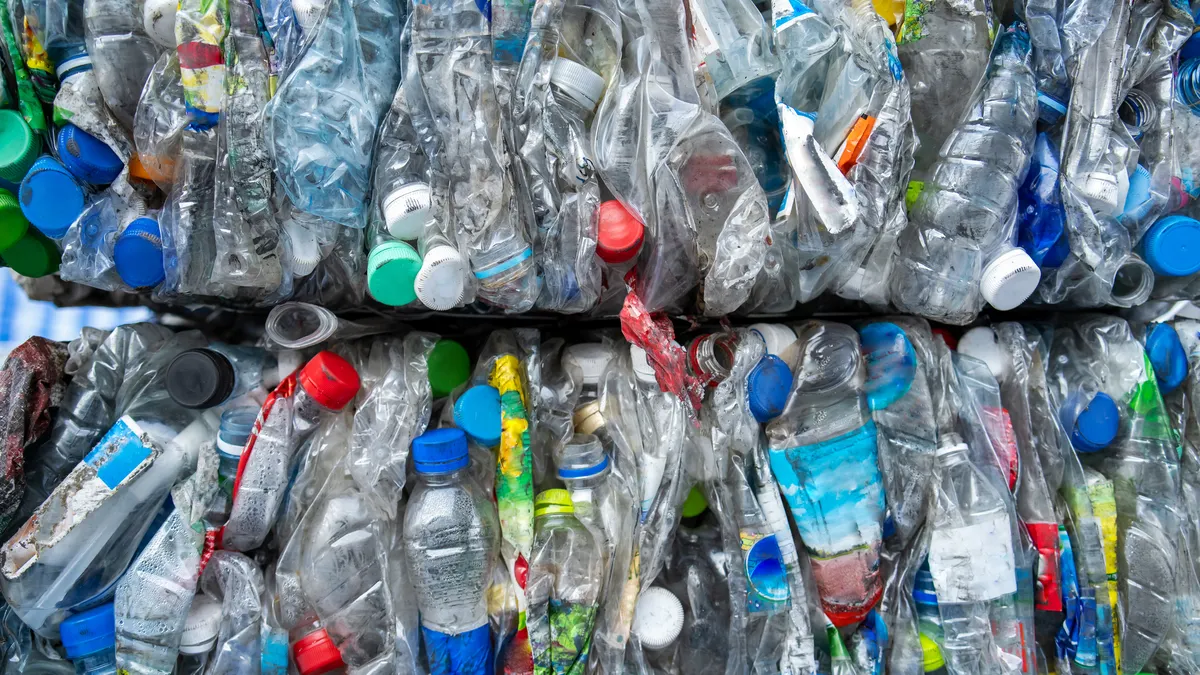Single-use plastics remains a highly emotive issue, but taking the wrong approach to cutting plastic use could be counter-productive — especially if viewed through a different lens such as carbon. Emissions associated with waste management are being brought into sharper focus, given the global decarbonization agenda and growing popularity of corporate science-based targets.
Weight-based recycling targets have been useful in driving performance to date, but using tonnage as a metric is a rather blunt tool and fails to take into account those materials with greatest environmental benefit. In the U.S, there has been emerging discussion on moving away from weight-based goals or complementing these with other measurements that take account of factors such as greenhouse gas emissions and waste prevention.
Alternative metrics tailored for waste streams and treatment processes are still thin on the ground — both in the U.S. and much of the world — but in the U.K., Scotland’s Carbon Metric (CM) offers a pragmatic pointer. Since 2011, Scotland has used the CM to measure the lifecycle carbon emission impacts of 30 different waste materials from resource extraction through manufacturing to end-of-life management.
On a strategic level, it has enabled policy-makers to link the narrative on waste to other climate change and economic policy work, an approach considered imperative given the country’s wider legislative context. These include Scotland’s Climate Change Act, Zero Waste Plan and Making Things Last circular economy strategy.
The Climate Change Act requires impacts to be reduced substantially across various sectors including waste, while the Zero Waste Plan recognizes a need to prioritize materials that carry the highest environmental benefit. On the circular economy front, Michael Lenaghan, environmental policy advisor at Zero Waste Scotland (ZWS), told Waste Dive that the CM is helping to refocus efforts on mitigating demand for energy associated with material consumption and the use of services attached to those materials.
Research carried out by ZWS in 2016 found material consumption was responsible for over two-thirds of Scotland’s carbon emissions, and that a more circular economy could reduce territorial emissions by 11 million metric tons of CO2 equivalent per year by 2050. “It’s our inability to measure those impacts which is preventing us from seeing that opportunity – that’s what the CM is helping to identify,” Lenaghan said.
Last month, the CM was integrated into Scotland’s official reporting on household waste data statistics for the first time. Using the CM, tonnage diversion levels are weighted by applying a carbon factor to the materials collected, which takes into account the environmental benefits of recycling over landfill. Incineration usage hasn't had a notable effect on waste carbon emissions so far, though that could change as grid decarbonization efforts continue in the U.K.
The results make interesting reading. Since 2011, improved recycling and declining use of landfill has reduced the overall carbon impact of Scotland’s waste, which has fallen by 26% or 3.9 million metric tons of CO2 equivalent. The five most carbon-intensive waste materials account for just 9% of waste by weight, but nearly half of associated impacts. Of these, food waste is the most carbon-intensive, generating 22% of carbon impacts.
According to Lenaghan, the CM has highlighted the disadvantages of putting organic waste in landfill, as well as the costs of not recycling landfilled materials. “Not only is landfilling generating its own emissions, but it absorbs valuable material which, if recycled or prevented, could have far greater benefits in terms of net emissions savings.”
Whether this changes the equation for landfills, particularly in those regions that are more reliant on them, is a complex question. Peter Jones, principal consultant at Eunomia, told Waste Dive it depends on what is going into landfill and what the alternatives might be.
“In the U.S., organics collections are not widespread and in areas where they are not available, there will be a substantial organic fraction in residual waste. This will break down and form methane in landfill — and looking at it in these terms will tend to strengthen the argument for diverting waste from landfill,” Jones said.
“However the greater the non-organic fraction in the residual stream, especially plastics, the better landfill will perform in comparison with residual waste treatment.”
For materials that have a high weight to carbon impact — such as glass — the CM shows when it comes to climate change, not all recycling processes are equal. “What a CM will show is the stark difference in carbon benefits of closed-loop and open-loop glass recycling processes which are typically indistinguishable within the glass recycling rate,” Lenaghan said.
This is because in the U.K., glass open-loop recycling involves crushing mixed color and using it as aggregate in road or construction, which at best has negligible carbon benefits, according to Lenaghan. In contrast, closed-loop recycling involves re-melting glass back into new products.
“This has significant carbon benefits since it requires less energy and input than virgin glass production,” he said. “This highlights the need to prioritize collection and management conditions which maximize closed loop outcomes — color separation being a key factor in determining whether glass can be sent for re-melt.”
Jamie Warmington, senior consultant for resource efficiency at Ricardo Energy & Environment (REE), told Waste Dive that changing to a carbon-based metric could shift the prioritization of materials collected, with glass falling down the rankings.
“In the U.K., based on the typical composition of waste arisings, glass could fall from being the third or fourth most influential material based on tonnage, down to the fifth or sixth when considered on the grounds of embedded carbon, energy or material value," Warmington said. "However, glass will continue to make up a sizable proportion of householders' bins and when collected and recycled for closed loop applications, still provides a positive carbon benefit.”
Warmington added that achieving set carbon targets will likely be focused around economics. While glass may be less carbon beneficial per metric ton collected, the ability to collect a large quantity of it relatively cost effectively would still make it important relative to other materials which may be more carbon beneficial, but costlier to pick up.
The rest of the U.K. is keeping a watchful eye on Scotland to see how it progresses with the CM. In England, the Environmental Services Association recently published a report (which REE authored), arguing the case for introducing new metrics alongside the existing weight-based system.
Further afield, Zero Waste Europe (ZWE) is exploring ways to complement EU weight-based targets with carbon-based tools. Due to the different waste data accounting methods in place across Europe, it’s unlikely the CM could be adapted to work as a standardized system.
“We have tried in Spain, Italy and Slovenia and have always given up due to lack of data available,” ZWE’s development and policy coordinator, Janek Vähk, told Waste Dive.
Asked if EU national or local governments might develop their own carbon tools, tailored to their specific waste data, Vähk replied: “It’s hard to say. Unless the EU changes its accounting methodology it is unlikely similar tools will be developed or promoted.”
For now at least, Scotland appears to be going it alone. In 2016, the Scottish Government announced a target to reduce food waste 33% by 2025, informed by evidence from the CM. Waste Dive got an opportunity to ask the Scottish Cabinet Secretary for Environment & Climate Change Roseanna Cunningham whether the metric would be used to shape policies for other problematic waste streams like plastics.
“It’s still early days,” she replied, adding that plastics was an emotive issue. “The CM is looking at one measurement, but when you cut open an albatross chicken and discover nothing but plastic in its stomach … that’s another side of the discussion.”
Cunningham said what the CM does do is provide policy-makers with a public engagement tool to demonstrate how waste is linked with climate issues. “It’s about joining the two things in people’s minds — so they begin to think that what they put out in their bins has an impact, negative or positive, on climate change and emissions reduction.”








